BLM Mustangs
I had heard a couple months ago that there was a herd of Bureau of Land Management mustangs in a pasture in the Flint Hills, and on our most recent trip there, this was what I most wanted to see.
A little background on BLM mustangs: According to the Bureau of Land Management website:
“The BLM estimates that approximately 38,500 wild horses and burros are roaming on BLM-managed rangelands in 10 Western states, based on the latest data available. Wild horses and burros have virtually no natural predators and their herd sizes can double about every four years. As a result, the agency must remove thousands of animals from the range each year to control herd sizes.
Off the range, there are more than 47,000 other wild horses and burros that are fed and cared for at 21 short-term corrals and 23 long-term pastures. (As of February 2012, there were more than 15,600 in corrals and over 31,400 horses in Midwestern pastures.) Animals gathered off the range are initially taken to short-term corrals to be examined by a veterinarian; receive vaccinations and a freezemark; and prepared to enter the BLM’s adoption program or sent to long-term pastures if they are over the age of six.
The long-term holding ranches under BLM contract range in size from 1,100 acres to 46,000 acres on which the wild horses are free to roam.”
The mustangs here are in what is referred to above as a “long-term” pasture.
These horses are older and not deemed suitable for adoption, so the BLM pays the landowner to house them here. (Same deal for the mustang herd on the Pioneer Woman website.)
On our visit, the herd was spread out all over the pasture and most of them too far away to photograph. A few were close enough though, so I whipped out my 400mm lens.
It was a warm afternoon, and some of them had sought shade beneath the trees. I loved this group.
Look how long the mane is on the horse on the left.
Pretty…..
I love how the clouds were casting shadows that day..sun here, shade there, and more sun over there..
Look how the sun peeped out and highlighted this lone horse…
We’ll be visiting the horses again sometime…..
——-Up Next: Flint Hills close-ups: Prairie wildflowers, old forgotten rosebushes, a limestone schoolhouse, and an abandoned storm cellar.
xoxoxoxoxoxoxoxoxoxxo

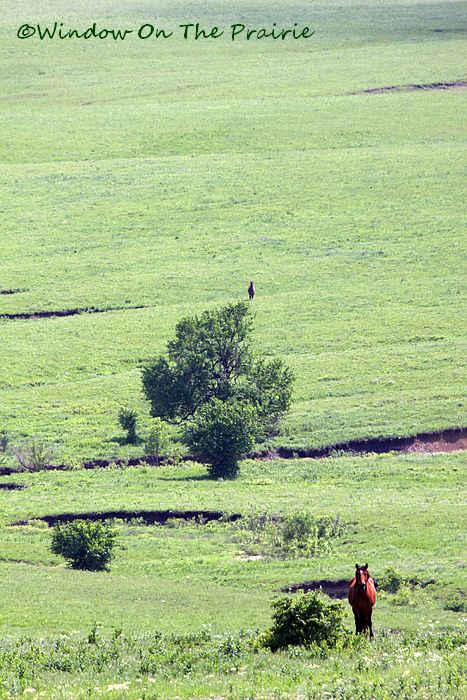
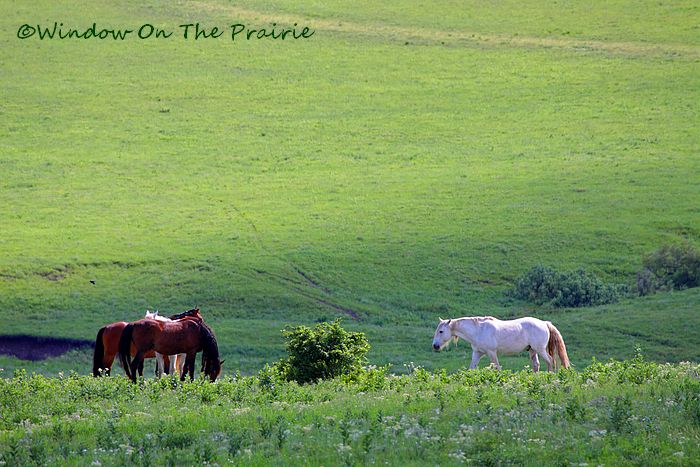
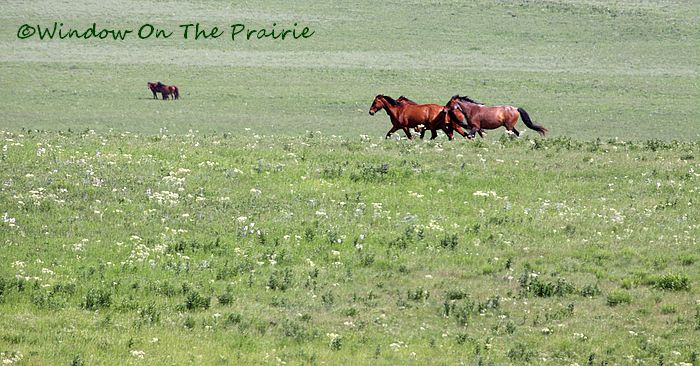
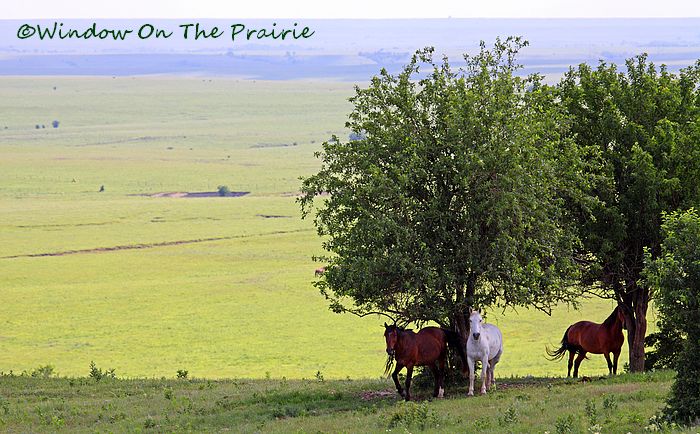
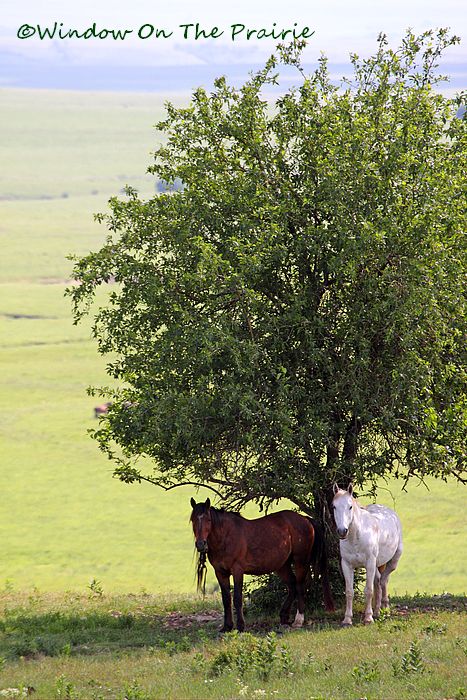
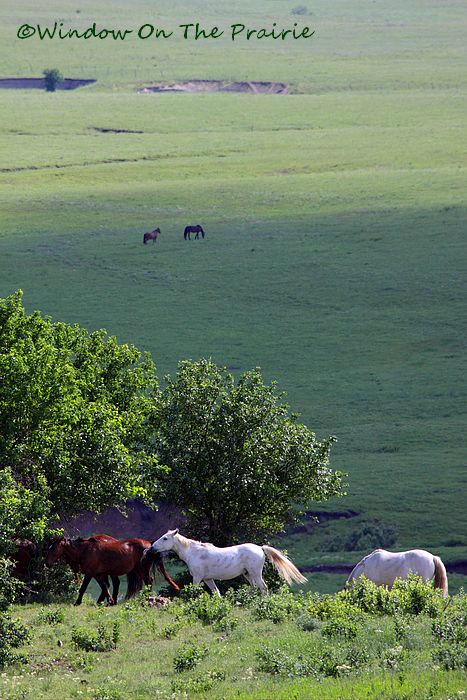
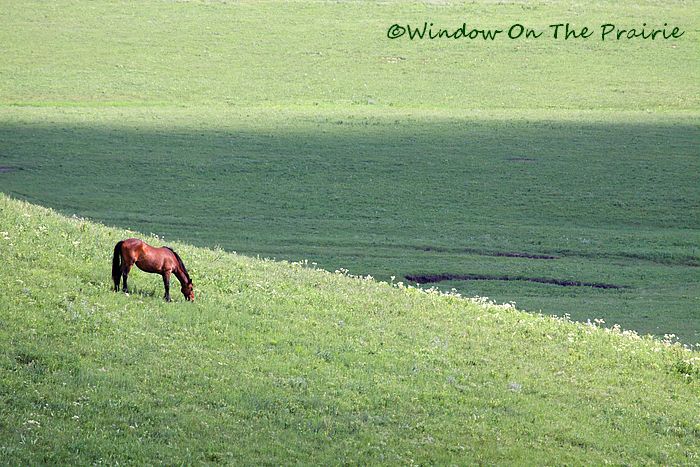
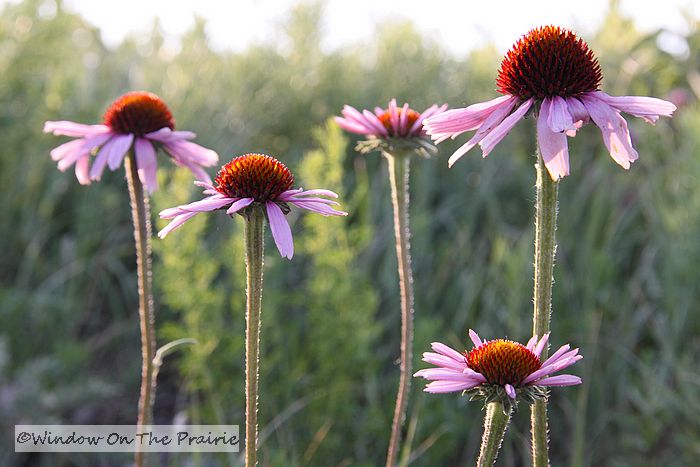
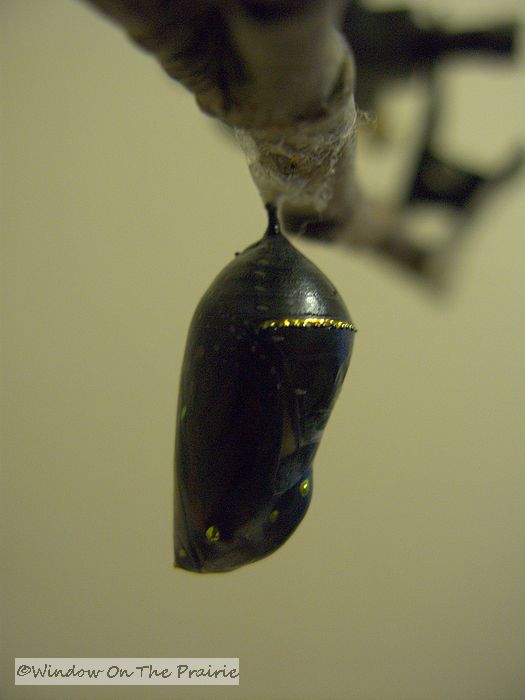
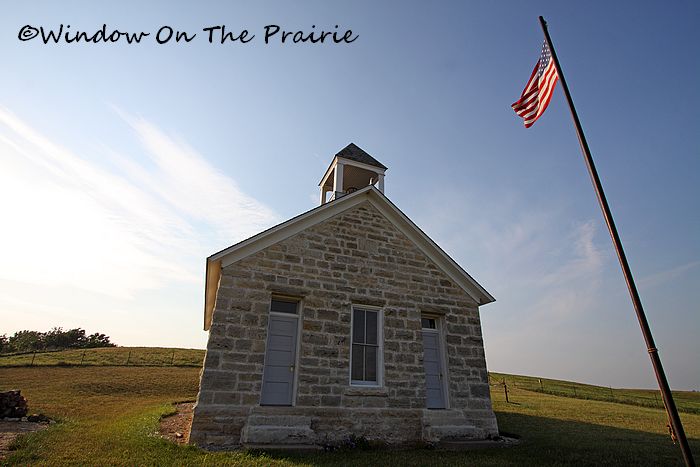
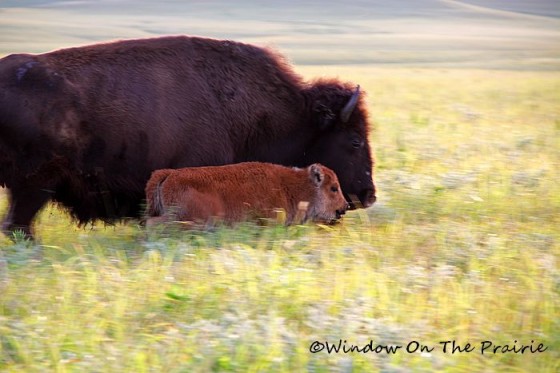
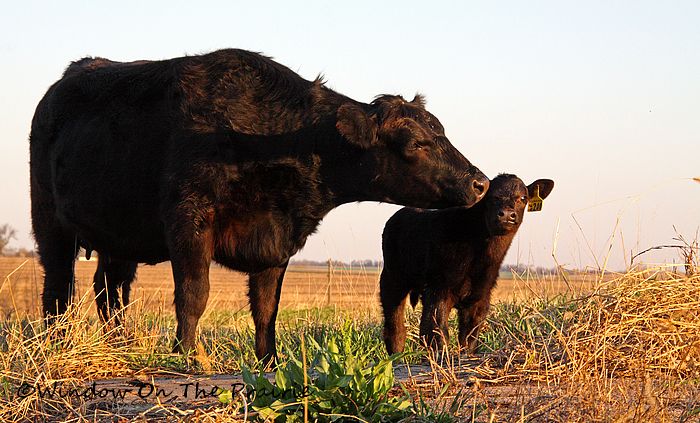

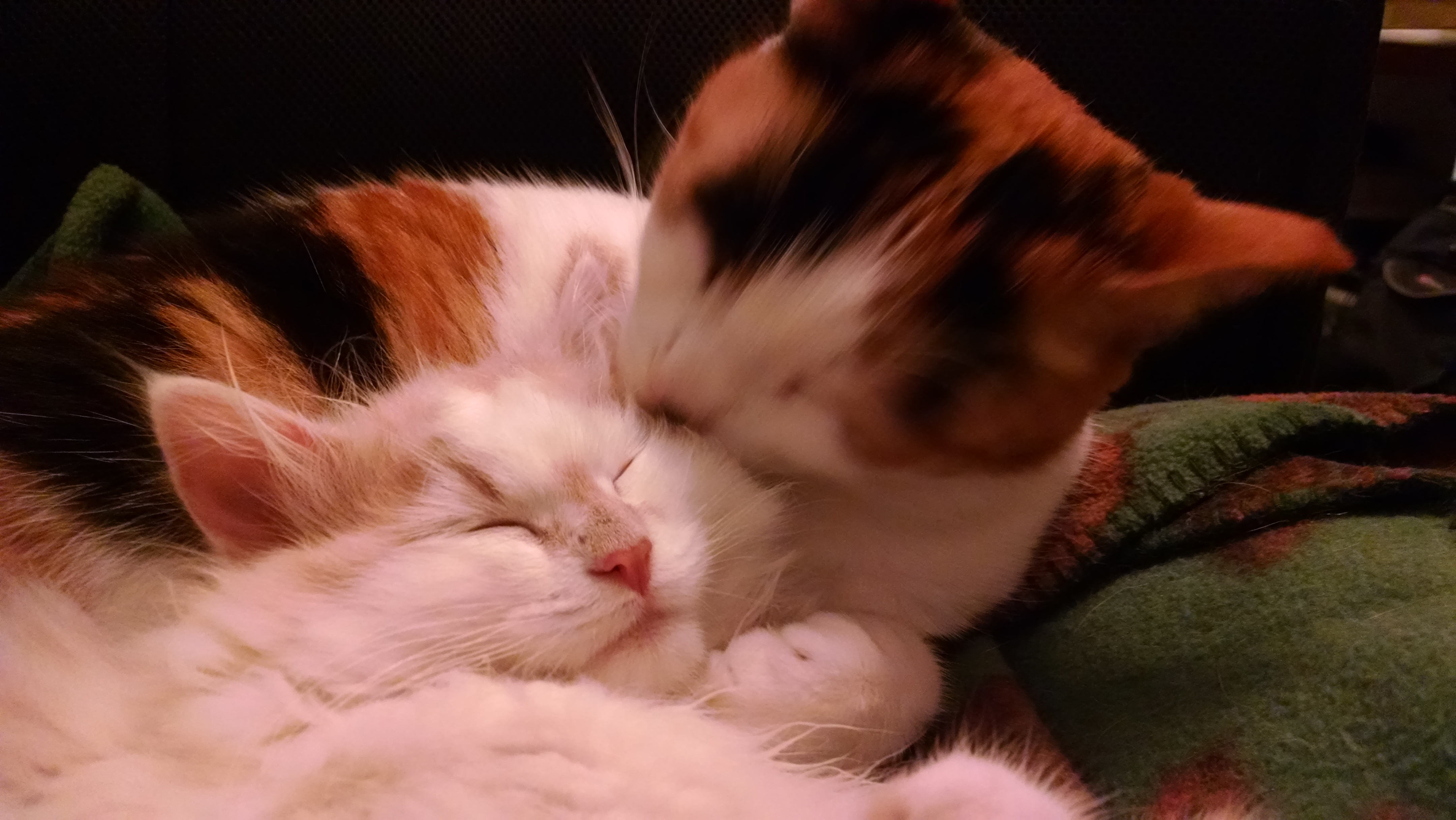
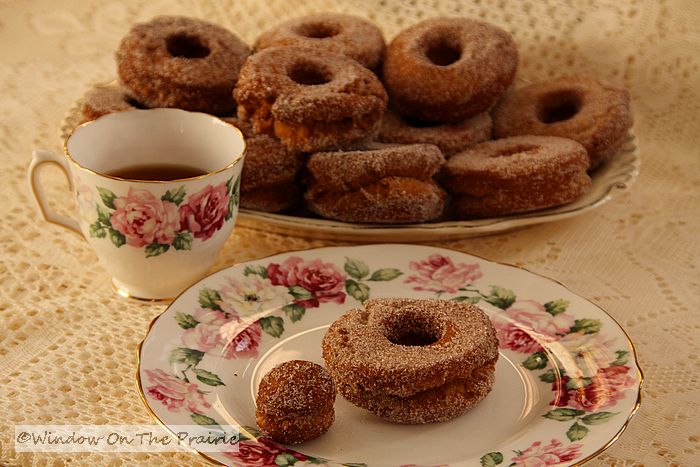
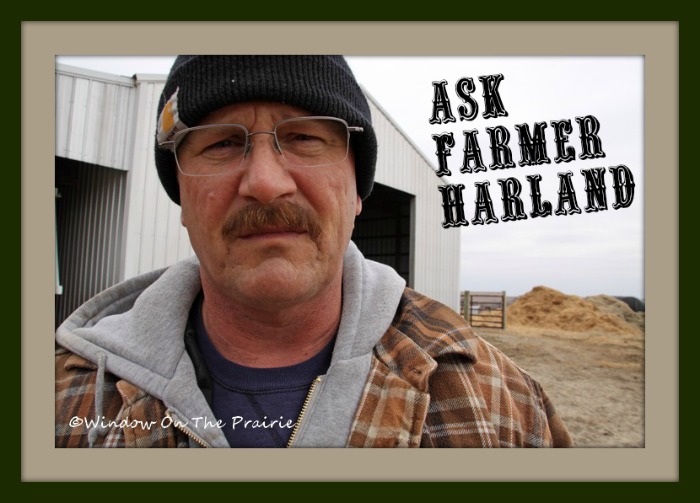
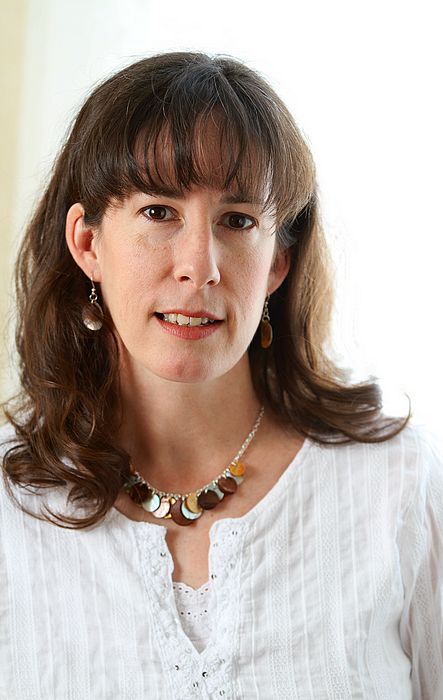


Love, love, love. Can’t wait for future entries.
Very pretty. Can’y believe the horses mane is so long. As for your future post I can only hope you brought your shovel for that rosebush.
Suzanne,
Where in the Flint Hills are these Wild Horses? I live here and would love to see them. Do you remember the address? What County? I live in the South East corner of Marion County…on the Chase County line.
Thank you..
Here’s a link to a map to Teterville and Teterville Rock. The pasture with the horses is just south of Teterville rock. http://www.kansastravel.org/teterrock.htm
Great stuff Suzanne. A wonderful mood in those photos. I wonder what the mood looks like in your winter. In the North Island of New Zealand we too have the wild horses. Beautiful country and beautiful herds. Go to Google Images and enter “kaimanawa horses”.
I love the pictures, I have always wanted to adopted one. I have seen them at the painted canyon in ND as a kid.
They are so pretty. Looking great on that green grass.
Simply Beautiful.
Love it – so absolutely beautiful.
Again, great post. Love the pictures. The book I’m currently writing deals with a long-term pasture holding facility in the Flint Hills. The research for the story has been very interesting! Be blessed.
What a waste of taxpayer money for nothing but feral horses left over from the Spanish colonialists. Crony government between ‘Republican ranchers/western nastalgia/romantics’. Let private money support these horses/otherwise-ship them to the dog food factory/or France so they can grill em.
I doubt highly that they are real wild horses with lineage back to the pioneer days. These have been brought in and most likely were once tame ranch horses. It is all a control issue with land management, and a “rewilding” program to take private land in the name of conservation. The Flint Hills have been pristine for hundreds of years and are not in danger; nor have ever been in the hands of private ownership. Tallgrass Prairie was once a Ranch but now is in the hands of controlling do-gooders of the Communitarian breed. If these horses were really “wild” no fence would keep them in. They would be wild and roam everywhere they wanted which is how it should be.
The grand plan is to rewild America and put humans into settlements with no access to rural lands. This is a fact and easily researched.
We went out here this past weekend and it was simply breath taking. I sort of felt like the Indians must have felt when their land was being overtaken and controlled. They ended up in settlements too. How ironic is that?
Edith
Love the horse photos Suzanne ! If you haven’t been to Osage County in Oklahoma, you should plan on a trip there. Lots and lots of wild horses there in that same BLM program. I have only been there in winter so plan to go back if Spring ever arrives.. The Tallgrass Prairie in Oklahoma is a continuation of the grasslands of the Flint Hills area. Coming into Oklahoma from Sedan, you will arrive at Pawhuska and can see the wild horses by going east or west. Some really beautiful country. Thanks for your blog. As I told you a few months back, going to Topeka through the Flint Hills has given me a new vision of the State of Kansas. Love your writings and photography. Pray for Spring ! 🙂 Jim
would love to see the blm horses down there in OK. Thanks for the tip Jim, and keep travlin the backroads!